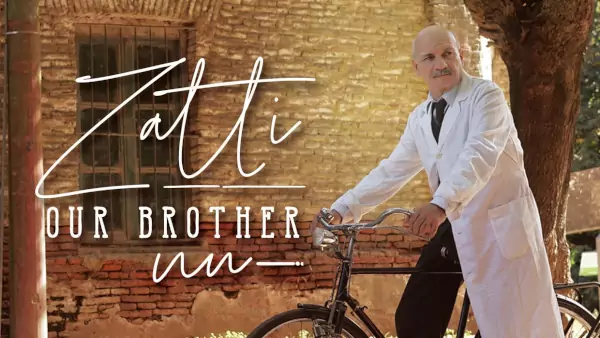08 November - Geoffroy or Godefroy d'Amiens was born around 1066 at Moulincourt, in the diocese of Soissons. The third child of Frodo, Lord of Moulincourt and Elisabeth, he was taken in charge at a very young age by his uncle, Bishop of Soissons, who had him educated at the Abbey of Mont Saint-Quentin, near Péronne.
At the age of 25, he was ordained a priest by the Bishop of Noyon, and then became abbot at the Abbey of Nogent-sous-Coucy. In 1104, he was appointed Bishop of Amiens at the Council of Troyes with the agreement of the King of France Philippe Auguste. He was crowned bishop in Rheims by Archbishop Manassès.
Geoffroy's episcopate is to be placed in the context of the communal movement in which the bourgeois of Amiens were involved. The city was then subject to the authority of the bishop, his vidame, the count and the chatelain. In 1113, the bourgeois of Amiens established themselves as a commune.
Bishop Geoffroy supported the commune from the outset to counter the Count's attempts to encroach on its prerogatives. He therefore found himself supporting the demands of the bourgeoisie who had received the support of King Louis VI the Fatty. In 1114, Thomas de Marle, son of the Count of Amiens, sowed desolation in the rural possessions of the bishop and the cathedral chapter, while the bourgeois and the count's men entrenched in the fortress of Castillon clashed in the streets of Amiens, without success on either side.
Geoffroy, impressed by the bloody turn taken by the events and disavowed by part of the clergy, decided to resign and retire to the Grande Chartreuse to lead a life of penance. However, on the complaint of the inhabitants of Amiens, he had to return to the head of his diocese in 1115, following the decision of the Council of Rheims, where the same difficulties awaited him. However, the king's military intervention on Palm Sunday, April 11th 1115, initiated a change in the conflict. But Geoffroy, who was ill, retired to the Abbey of Saint-Crépin de Soissons where he died on 8 November 1115.








